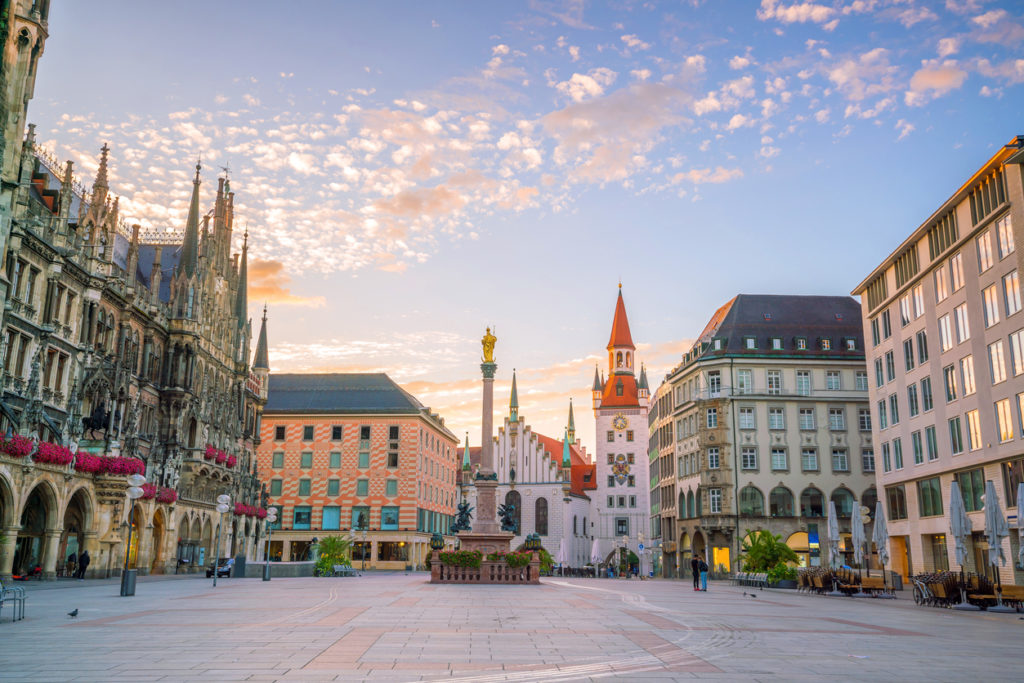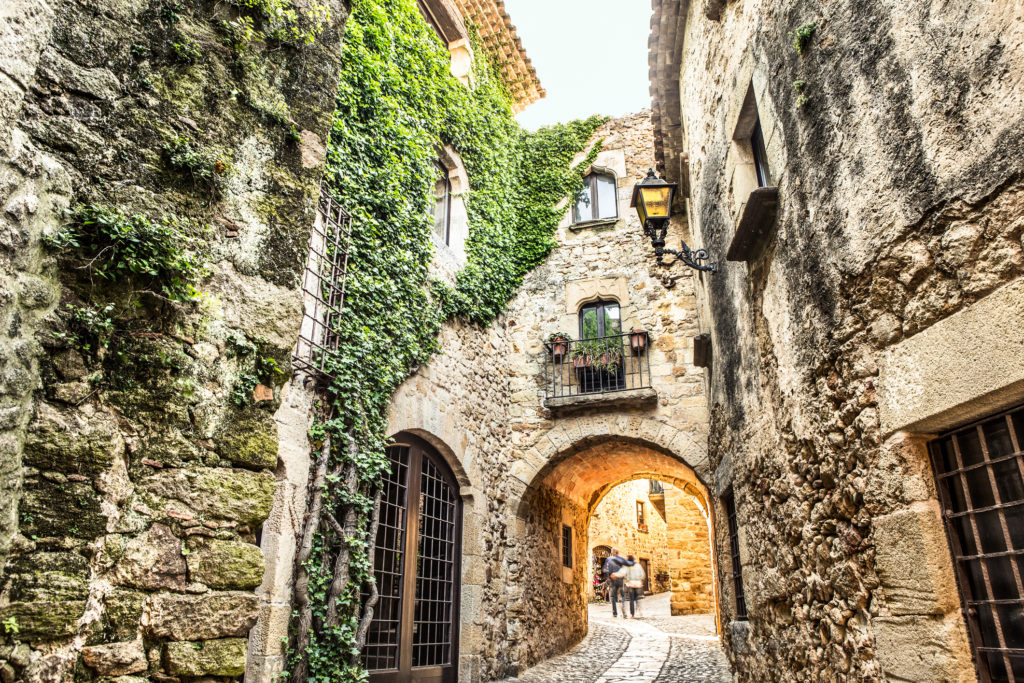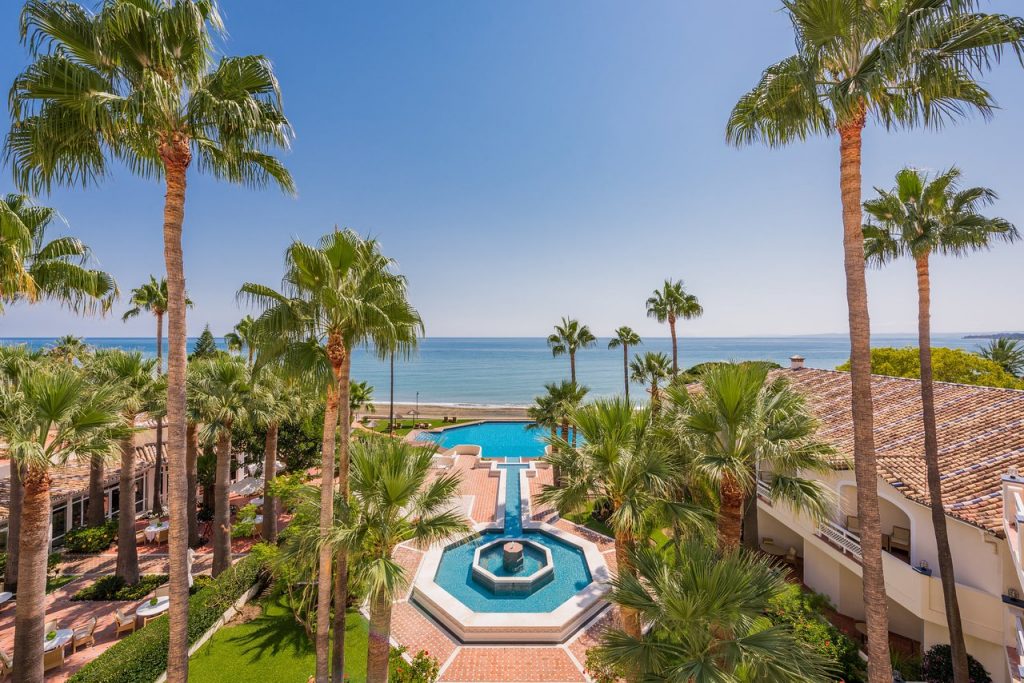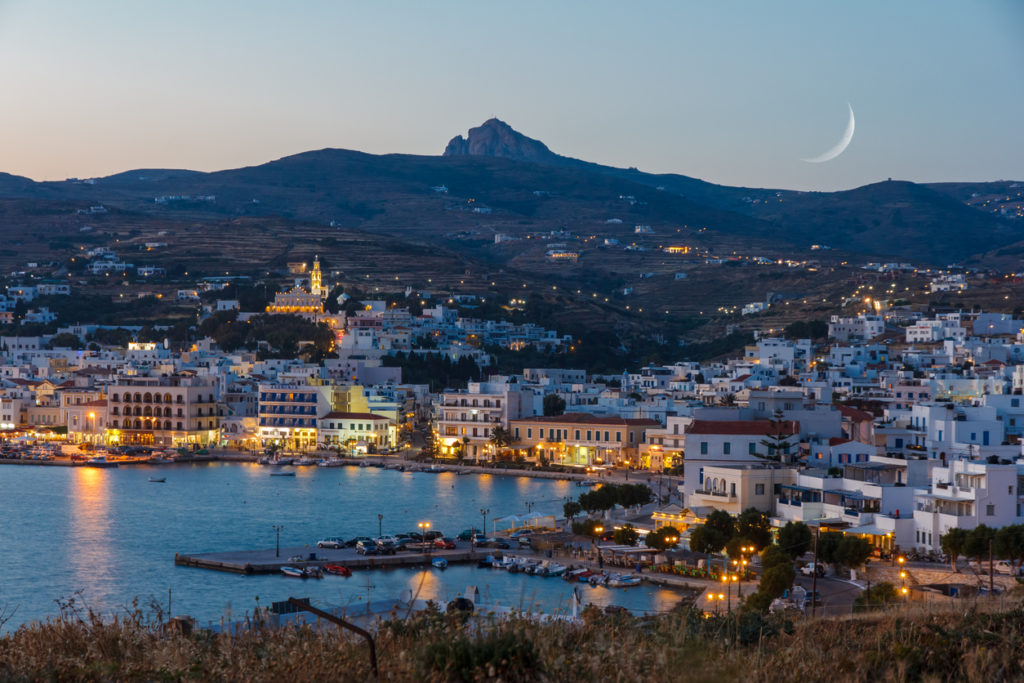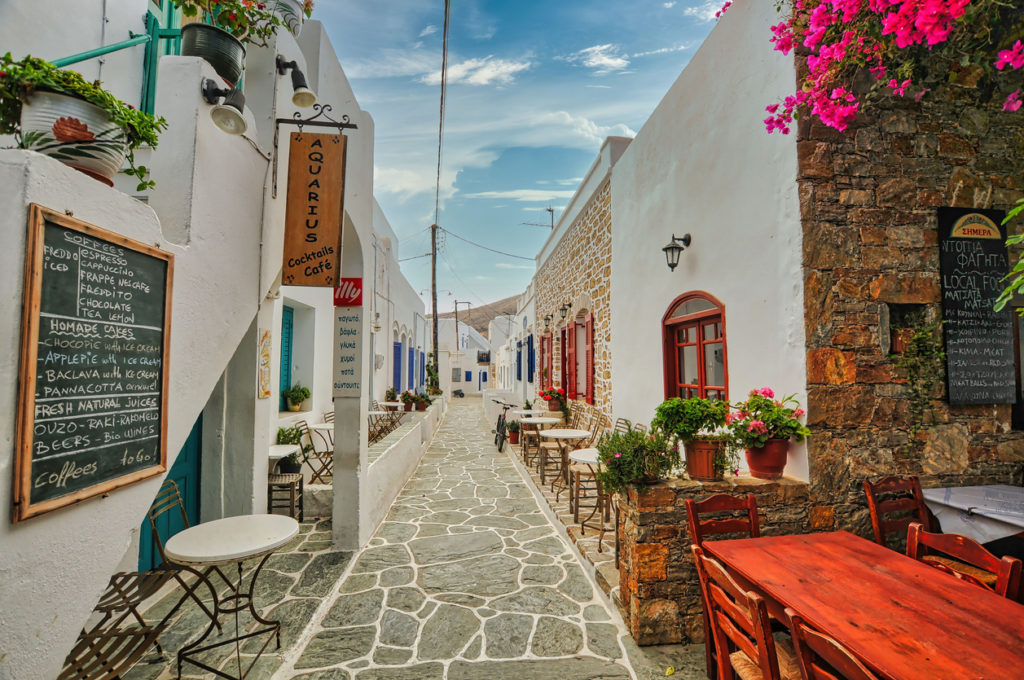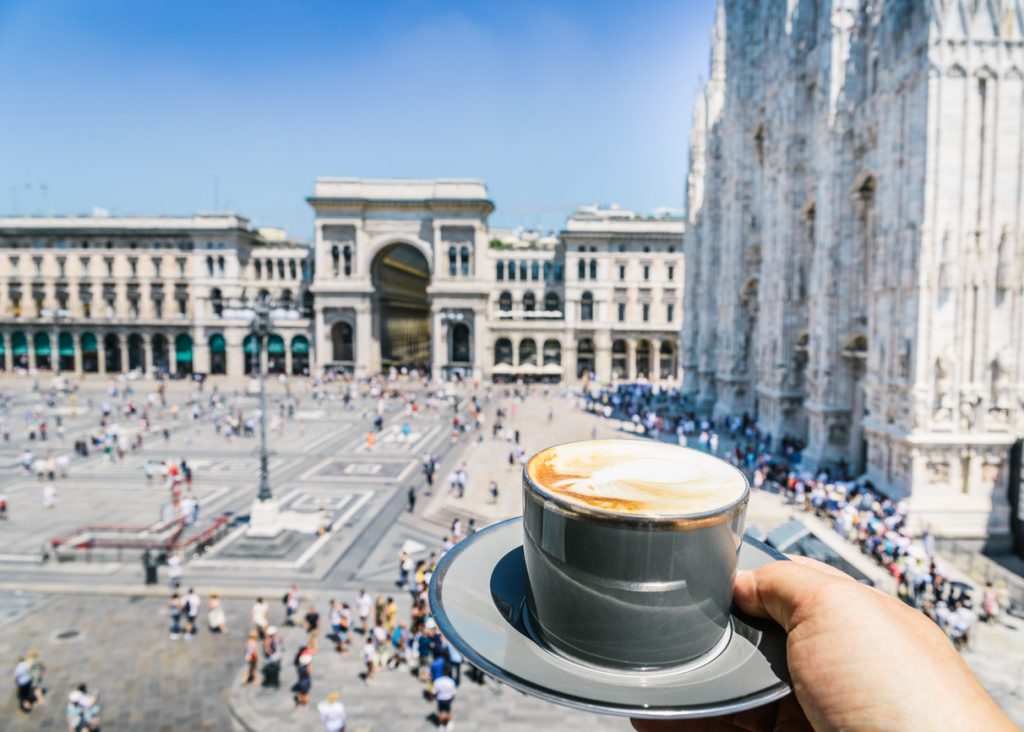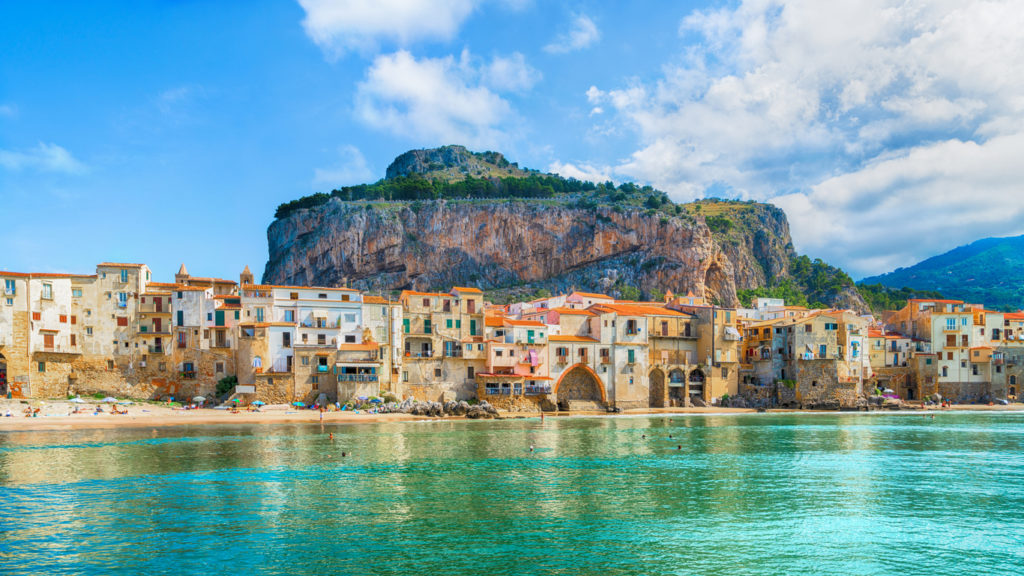
Welcome to Sicily, an island where every corner holds a story, every meal is a celebration, and the landscapes are as vibrant as it’s history. Nestled at the southern tip of Italy, Sicily stands as a crossroads of civilizations, a place where the Mediterranean’s many cultures and histories converge. This article takes you on a journey through Sicily’s enchanting vistas, rich history, and mouthwatering cuisine, revealing why this island deserves a top spot on your travel bucket list.
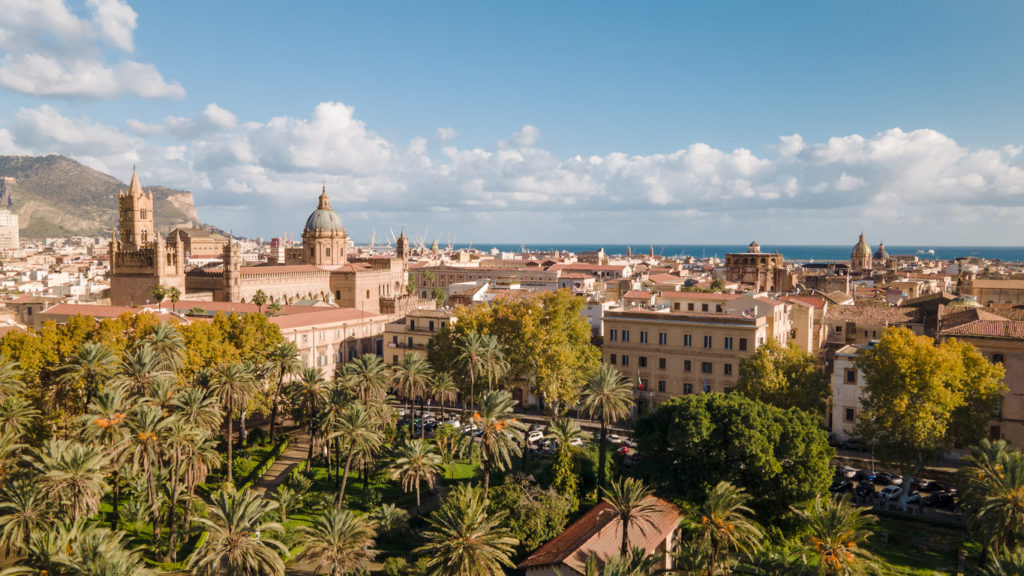
The Historical Tapestry
Sicily’s history is a complex tapestry woven from the threads of the many civilizations that have called the island home. From the ancient Greeks who founded cities like Syracuse and Agrigento, to the Romans, Byzantines, Arabs, and Normans, each left a distinctive mark on Sicily’s culture and architecture.
In Palermo, the capital, visit the Palazzo dei Normanni, an exquisite example of Norman architecture that houses the stunning Palatine Chapel. The mosaics here, blending Byzantine and Islamic artistry, are not to be missed. In the eastern part of the island, the Greek theatres of Taormina and Syracuse offer breathtaking views over the Mediterranean and serve as venues for music and theatrical performances, continuing their original purpose millennia after their construction.
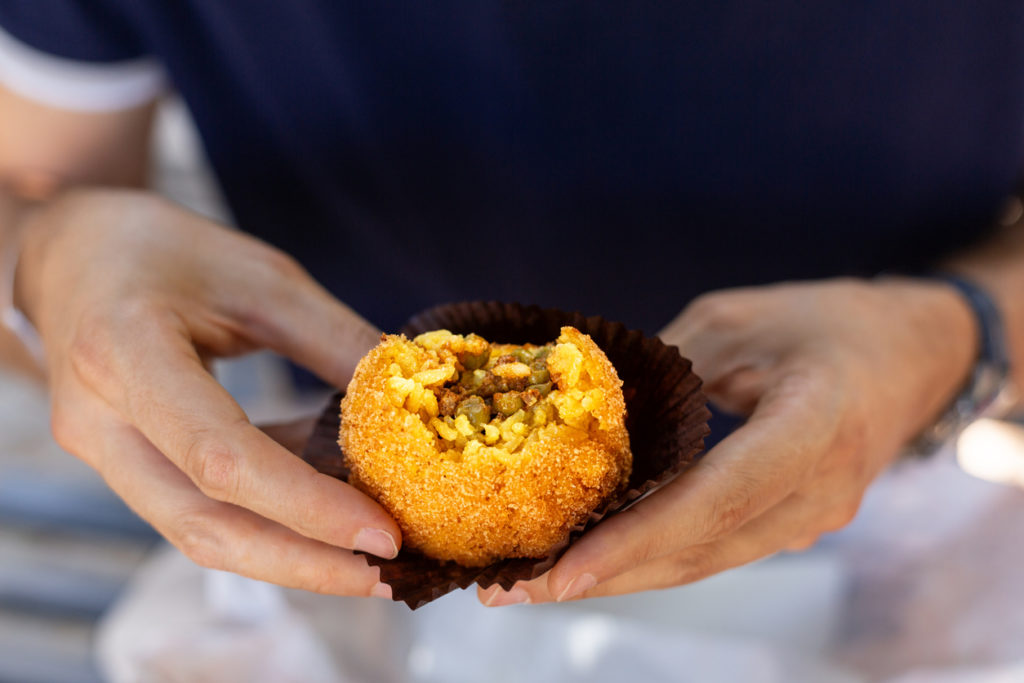
A Gastronomic Adventure
Sicilian cuisine is a testament to the island’s cultural mosaic. The Arab influence can be tasted in dishes like couscous al pesce, served in the fishing town of Trapani, while the famous Sicilian cannoli, a sweet ricotta-filled dessert, showcases the island’s dairy artisanship. Don’t miss the opportunity to try arancini, fried rice balls stuffed with various fillings, reflecting the island’s historical layers through flavour.
Local markets, such as Palermo’s bustling Mercato di Ballarò, offer a vivid sensory experience of colours, sounds, and smells. Here, visitors can sample local cheeses, olives, and the island’s renowned citrus fruits, particularly the blood oranges known for their vibrant colour and sweet-tart flavour.
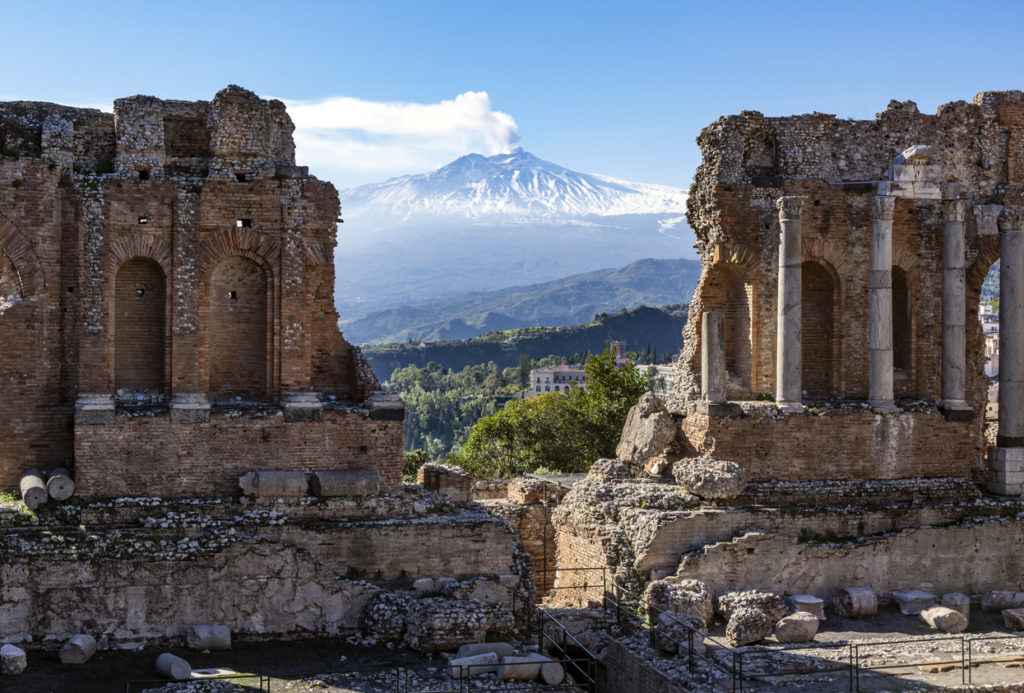
The Natural Wonders
Sicily also boasts a stunning natural landscape. Mount Etna, Europe’s highest and most active volcano, dominates the eastern skyline and offers hiking experiences that traverse lunar-like terrains and fertile slopes. The island’s coastline is dotted with dramatic cliffs and sandy beaches, like those found in the Scala dei Turchi or the serene beaches of Cefalù, perfect for a day of relaxation by the sea.
For nature lovers, the Aeolian Islands to the north of Sicily are a must-visit. These volcanic islands are known for their rugged beauty and thermal resorts. The islands provide opportunities for diving, hiking, and soaking in thermal spas, making them perfect for adventurers and relaxation seekers alike.
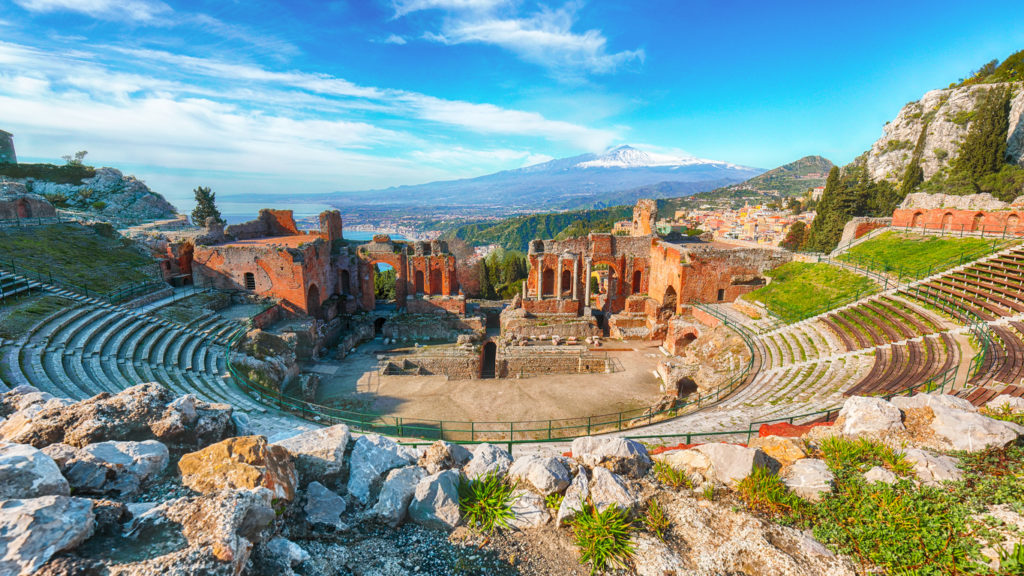
A Cultural Hub
Sicily is not just about natural beauty and historical sites; it’s also a vibrant cultural hub. The island is famous for its festivals, like the Festa di Santa Rosalia in Palermo, which features parades, music, and fireworks. The Taormina Film Fest brings cinema enthusiasts together under the stars in an ancient amphitheatre, showcasing films from around the world.
The Sicilian people themselves are known for their warmth and hospitality, eager to share their traditions and stories with visitors. Engaging with locals, travellers gain insights into the Sicilian way of life, adding a rich, personal layer to their travel experience.
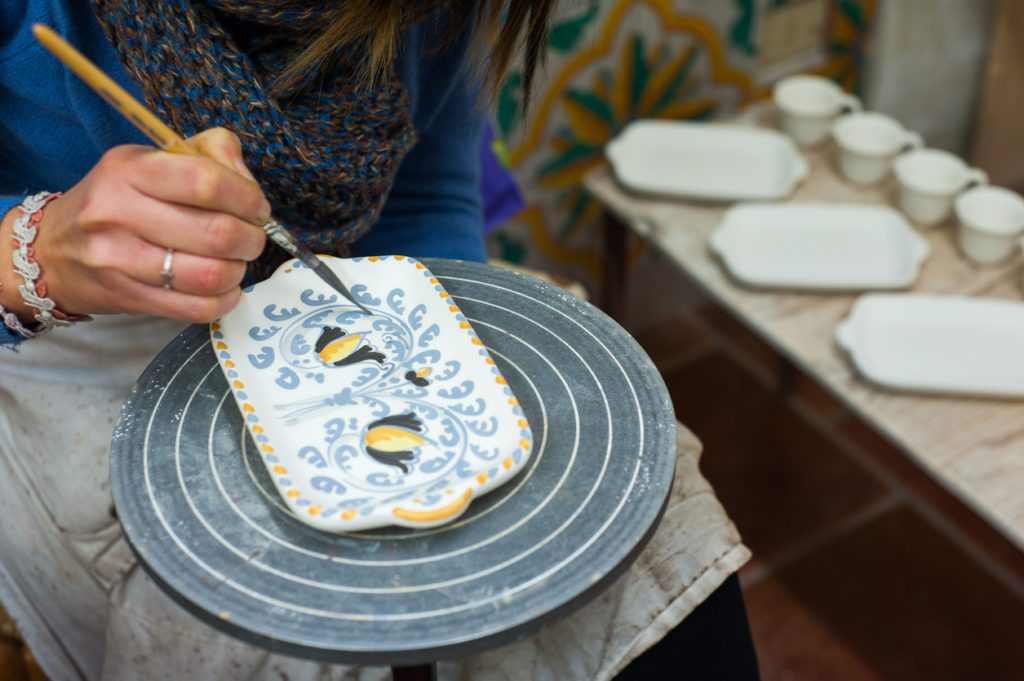
Artistic Legacy and Craftsmanship
Sicily’s rich artistic heritage can be seen in its detailed pottery, intricate textiles, and historic architecture. In towns like Caltagirone, renowned for its ceramics, visitors can witness the age-old craftsmanship that goes into each beautifully painted vase or tile, reflecting designs that have been passed down through generations. Workshops and stores line the streets, offering authentic souvenirs and a chance to see artisans at work.
Another significant aspect of Sicilian culture is its puppetry, particularly the traditional puppet theatres known as Opera dei Pupi. These performances, recognized by UNESCO for their cultural significance, depict chivalric tales and historical events, offering a unique glimpse into the medieval narratives that still capture the local imagination. The Puppet Theatre Museum in Palermo provides a deep dive into this enchanting art form, showcasing antique puppets and staging live performances.
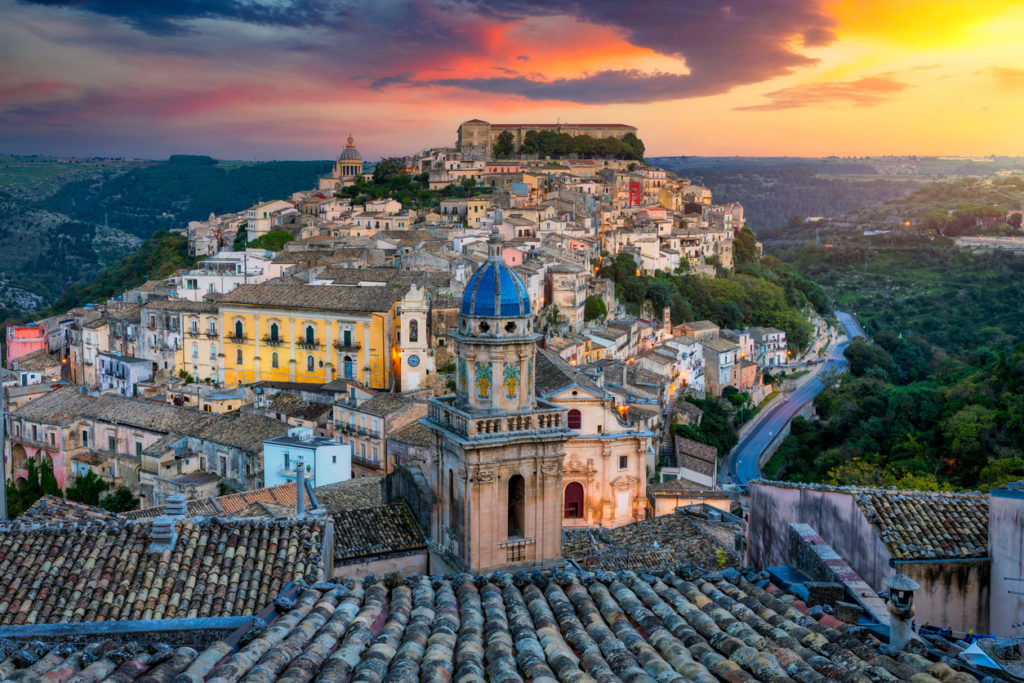
Architectural Marvels Beyond the Mainstream
While Sicily’s major cities boast well-known architectural wonders, the island’s smaller towns are treasure troves of less explored but equally fascinating structures. For instance, the Baroque towns of the Val di Noto, including Noto, Ragusa, and Modica, are UNESCO World Heritage Sites famed for their dazzling late-Baroque architecture. Strolling through these towns offers a visually stunning experience, with their golden-hued buildings and intricate facades catching the soft southern light.
Modica is also famous for its chocolate, which is still made using ancient Aztec methods brought to Sicily from the New World. Chocolate tasting here is a must for any visitor, providing a delicious insight into Sicily’s blend of history and culinary innovation.
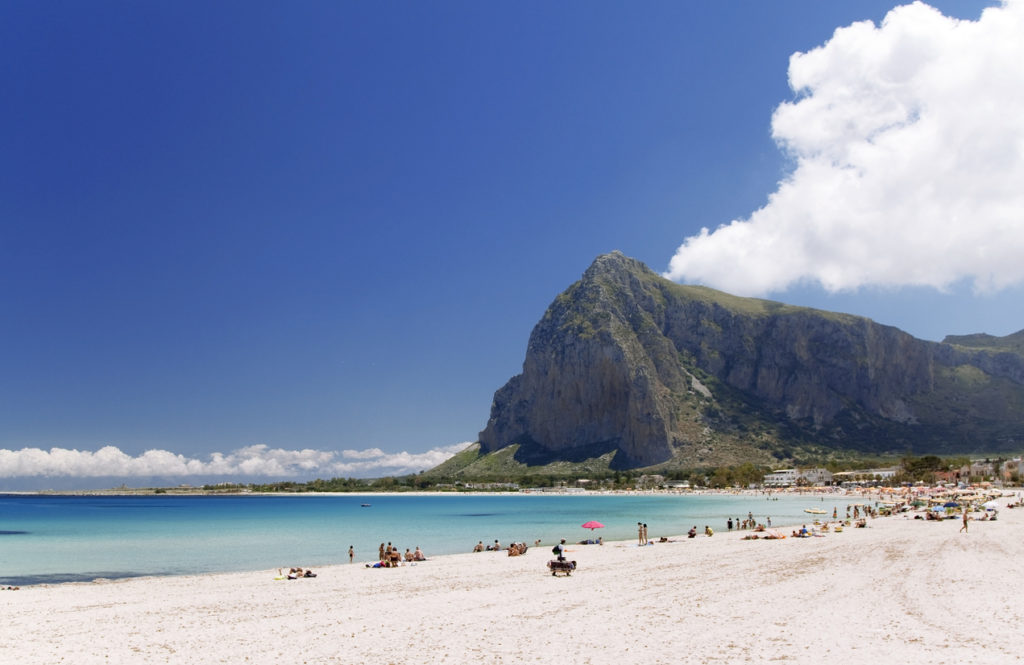
Whether you’re exploring the bustling streets of Palermo, tasting the rich flavours of Sicilian cuisine, or soaking in the sun on a tranquil beach, Sicily offers a travel experience that is as diverse as it is captivating. So pack your bags and prepare for an adventure in the heart of the Mediterranean—Sicily awaits to tell you its timeless tales.

